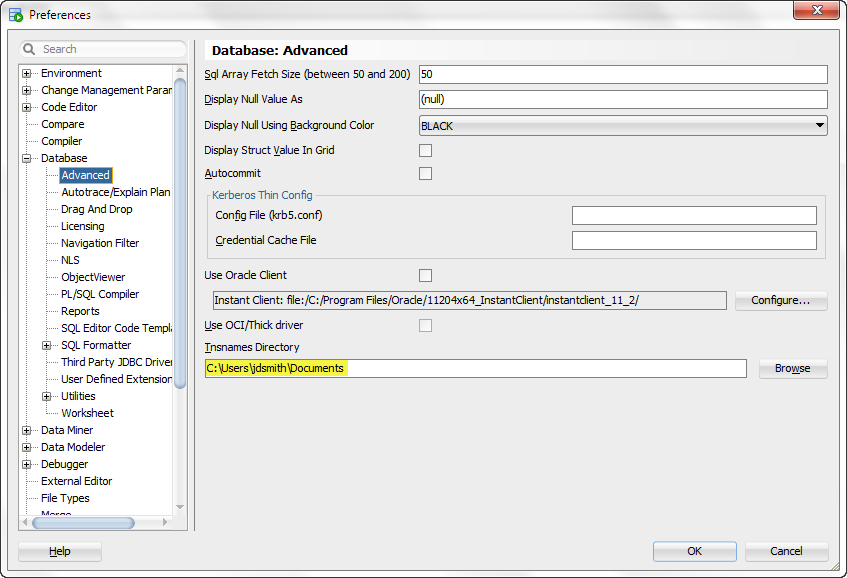

- #DBVISUALIZER DB FILE LOCATION INSTALL#
- #DBVISUALIZER DB FILE LOCATION DRIVER#
- #DBVISUALIZER DB FILE LOCATION FULL#
- #DBVISUALIZER DB FILE LOCATION PASSWORD#
#DBVISUALIZER DB FILE LOCATION INSTALL#
And those who do use it may have limited access to it, or may not install all of the components. For one, not everyone on the iSeries has access to OpsNav. (For more information on OpsNav, check out “DB2 Library Contents in Operations Navigator” and “Run SQL Scripts Using Operations Navigator” or get a more detailed look at SQL in “Using the SQL Features in Operations Navigator”.) Well, you are correct, and it is an awesome tool, but there are a few reasons why I want to talk about an additional database tool. Those of you who are familiar with OpsNav may realize that you already have a GUI-based tool that allows you to view and modify DB2 data on your iSeries. It is with that in mind that I’d like to introduce to you a Java-based database tool you can use to view and modify DB2 data on your iSeries. Now that the interoperability between Java and other iSeries programming languages has become so seamless, because of tools like IBM’s Toolbox for Java and the Java Native Interface, and enhancements to the GUI-based opportunities on the iSeries are almost endless. We have many tools at our disposal, like WebSphere Development Studio client, WebFacing, and Operations Navigator, that allow us to perform a variety of operations, administration, and programming tasks in GUI-based environments, as well as to provide GUI-based applications to the user community. What those uneducated iSeries wannabes don’t realize is that it hasn’t all been 5250 emulation without so much as a point and click or a drag and drop. And if that’s not enough, developers on other platforms ridicule us iSeries developers about our archaic development tools, and when they are not ridiculing us they speak in condescending tones about our “legacy” applications. Now they want GUI-based business applications, too. After all, the user community is getting more accustomed to GUI-based applications everyday, in the form of e-mail and the Microsoft Office Suite of products. See the "Data Model" chapter for table-specific information.Such envy is understandable. See the "Supported SQL" chapter in the help documentation for more information on the supported SQL. Select the Database Connection, Database, and Schema from the available menus. To execute SQL queries, use the SQL Commander tool: Click SQL Commander -> New SQL Commander. To browse through tables exposed by the SAP JDBC Driver, right-click a table and click Open in New Tab.
#DBVISUALIZER DB FILE LOCATION PASSWORD#

This will limit the number of rows returned, which is especially helpful for improving performance when designing reports and visualizations. When you configure the JDBC URL, you may also want to set the Max Rows connection property. Either double-click the JAR file or execute the jar file from the command-line.įill in the connection properties and copy the connection string to the clipboard. To use Web services, you mustĮnable SOAP access to your SAP system and set the Client, RFCUrl, User, and Password properties, under theįor more information, see this guide on obtaining the connection properties needed to connect to any SAP system.įor assistance in constructing the JDBC URL, use the connection string designer built into the SAP JDBC Driver. In addition, you can connect to an SAP system using Web services (SOAP). See the "Getting Started" chapter in the help documentation for information

#DBVISUALIZER DB FILE LOCATION DRIVER#
The driver supports connecting to an SAP system using the JCo JAR file. The syntax of the JDBC URL is jdbc:saperp: followed by the connection properties in a semicolon-separated list of name-value pairs.
#DBVISUALIZER DB FILE LOCATION FULL#


 0 kommentar(er)
0 kommentar(er)
